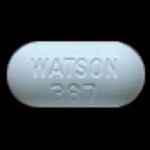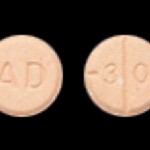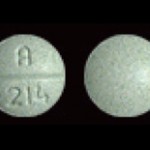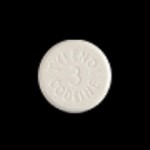Teen Drug Addiction: It’s mushrooming out of control
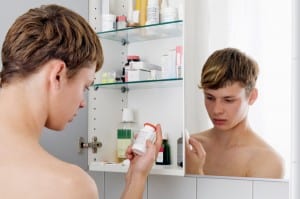
In today’s society, kids are experimenting with everything at much earlier ages: drugs and sex being the most prevalent and widely linked together.
Parents commonly believe that street drugs draw the kids into chemical addiction, but the real gateway drugs are often found at home – in your bathroom cabinet. The first “dealers” are usually parents, friends and family members who are unaware that their hydrocodone prescription from their surgery last month has disappeared from its rightful spot in the medicine cabinet, not the meth and heroine dealers on the street (or at school). Maybe they began experimenting with Vicodin at a party or a young girl’s boyfriend slips her an Ativan in her drink to help her relax so she will put out? Prescription drug abuse is on the rise and is just as lethal as common street drugs.
So, you may ask, what is prescription drug abuse? When any prescription drug is used to create an altered state of mind against medical orders. The Partnership for Drug-Free Kids (DrugFree.org) reports that 27% of adults have abused prescription drugs by taking them without a prescription, and 1 out of every 4 teens report having misused a prescription drug in their lifetime.
Combatting teen drug abuse starts in the home with your efforts, as a parent or guardian, to set a great example for your child. Monitoring the quantities of prescription drugs you have been prescribed, and locking them away from young hands is a safe practice. If there is no longer a need for the unused medication then check with your local pharmacist about drug take-back programs or visit the FDA website for information about the guidelines for disposal of medications. Avoid flushing medicine down the toilet, as it may impact the environment, and never dispose of medicine in the trash. Doing so could lead to someone finding and abusing them.
The prescription drugs abused by teens runs the gamut from stimulants to narcotics. Below are 4 of the most commonly abused drugs alongside an image of the type of the drug:
(1) Hydrocodone– A commonly prescribed narcotic painkiller.
Signs of abuse: Euphoria, cloudy thinking, reduced respiratory function, drowsiness
(2) Adderall-Stimulant commonly provided to children for ADHD
Signs of abuse: reduced appetite, insomnia, weight loss, aggression
(3 ) Oxycodone-narcotic painkiller rarely prescribed
Signs of abuse: sweating, weakness, vomiting, sedation
(4 )Codeine-narcotic painkiller & cough suppression
Signs of abuse: coma, sedation, euphoria, change in physical activity
Prescription narcotics are not only the most commonly abused controlled substances, sadly they are often the first step for a young adult to becoming addicted to much stronger illegal drugs (e.g. meth or heroine). If you fear that someone in your family might be addicted to a controlled substance reach out to a counselor for options to help them deal with their addiction and return to the healthy person you adore.
If you would like to understand more about keeping our children safe and off drugs then join us at Fulton County Chairman John Eaves’ Crime & Safety Summit – Focusing on Saving Our Children.
Attendees will have the opportunity to talk with counselors, police, government and criminal justice professionals about how to help young people and keep our communities safe.
The Summit’s Master Addiction Counselor, Ewell Hardman will be a panelist at this event.
Wednesday, October 29th, 2014
6:30 – 8:30pm
Northview High School
10625 Parsons Road
Johns Creek, GA

